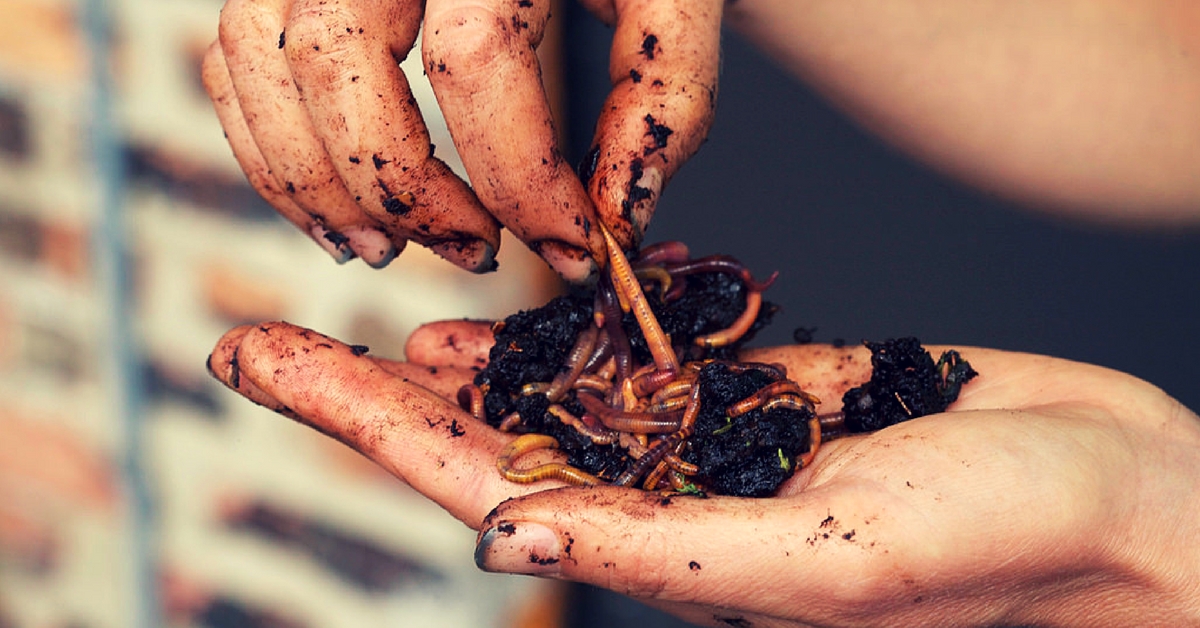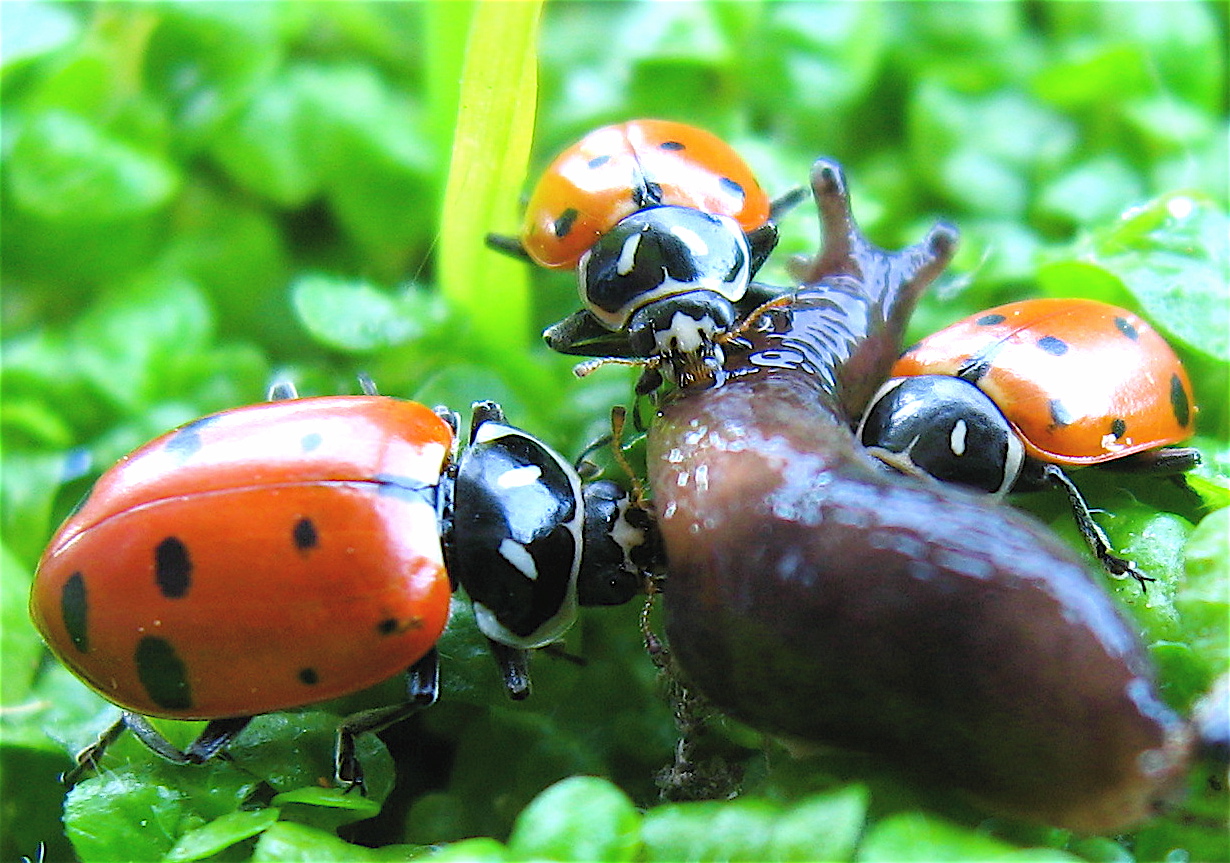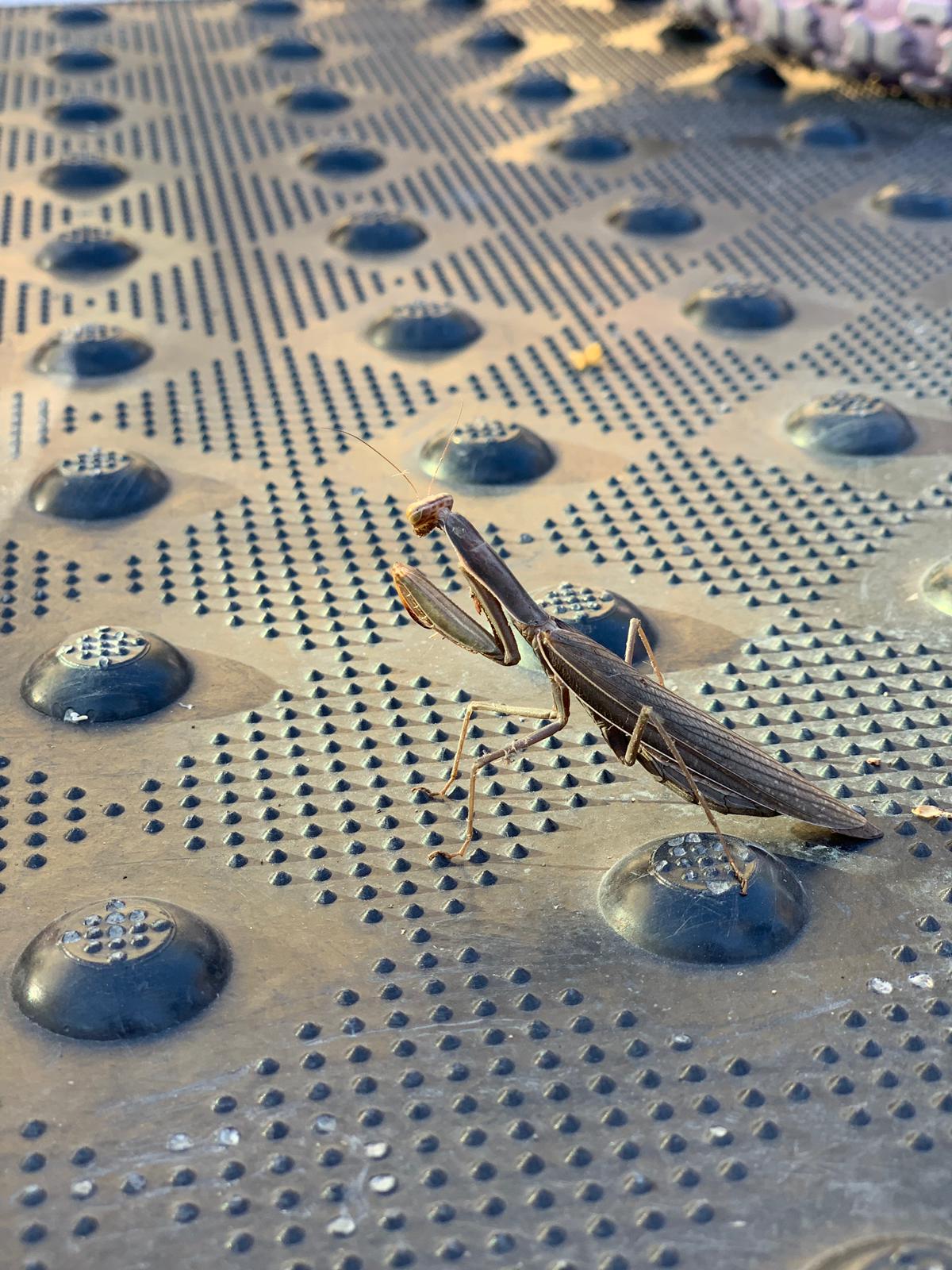Turn Your Garden Into a Wildlife Haven: 5 Insects That Are Great For Your Plants!
Pollination is vital for the existence of this world. Pollinators like bees have been thriving for millennia, making sure of securing food and nutrition, maintaining and vibrant ecosystems and biodiversity for humans, plants, and of course for the bees themselves.

All pests may be insects but not all insects are pests and if you have any gardening experience, you will know that not all insects are bad. Some critters help protect your plants from pests and add health and life to your beloved green friends and the soil. In this article, we look at some insects that help your garden flourish.
Here’s an innovative gift for your child. Get this hand-block kit and see them spend hours engrossed in making art. Get your kit here!
1. Earthworms
These creepy crawlies go about their way roaming through the soil and providing it nutrients, better drainage ability, and a stable structure which all adds to its fertility.
• Earthworms act like nature’s little ploughs, helping increase the air and water circulation in the soil.
• After feeding on organic matter like leaves and grass, earthworms produce excreta called (vermicast) which acts an ‘organic fertiliser’ rich in humus, NKP (Potassium nitrate), micronutrients, soil microbes.
• Earthworms casts help rebuild topsoil.
• No wonder then that earthworms are often referred to as ‘nature’s first gardener.’
2. Lady bug
Belonging to the Coccinellidae family, Ladybirds are polka-dotted little beauties that are either round or oval in a size-range of 1 to 10mm. Lady birds, as larvae and as adults, prey on pests and help keep these insects under control. Encouraging ladybugs in your garden can mean less use of insecticides.
• They can consume up to 50 to 60 aphids per day.
• Aphids are small sap-sucking insects that are destructive pests.
• In addition to this, ladybugs also feed on soft-bodied, plant-eating insects like mites, scales, thrips, and whiteflies.
• There are more than 5,000 species of ladybugs ranging in colours from orange, red, black, yellow to brown and with varying numbers of spots on their wing covers.
• The ones you are likely to see would be red or orange, without or with up to 12 spots.
3. Bees
Pollination is vital for the existence of this world. Pollinators like bees have been thriving for millennia, making sure of securing food and nutrition, maintaining vibrant ecosystems and biodiversity for humans, plants, and of course for the bees themselves.
• Bees have good colour vision so choose plants with a variety of coloured flowers. The colours that really attract bees are blue, purple, violet, white and yellow.
• Another interesting tip to attract bees is to keep your flowering plants in clusters rather than have them spread out.
• It is estimated that one-third of the food that we consume each day relies on pollination, mainly by bees and other insects, birds and bats.
• An example of how bee pollination helped increase yield and productivity is Bharatbhai from Valsad, Gujarat, who increased his crop yield by up to 80 percent, earning him an additional income of Rs 7,700 in just one year.
4. Praying Mantis
The Praying Mantis is often referred to as an efficient exterminator.
• A young praying mantis eats soft-bodied creatures such as aphids, mosquitoes and caterpillars.
• When mature, it can eat beetles, grasshoppers, crickets and just about any garden pest.
• The praying mantis even feeds on moths at night.
Having said all this, if your garden attracts bumblebees and butterflies in abundance, you might want to keep praying mantis away since it will eat them all!
5. Ground Beetle
As the name suggests, these nocturnal creatures are typically found under debris.
• Ground beetles prey on slugs, caterpillars, and ants.
• They are known to consume their body weight in food each day.
• These beetles also consume fallen weed seeds that can reduce weed population in some cases.
• In addition to keeping insect pests under control, ground beetles and their larvae also help facilitate natural composting.
Beetles are also scavengers, feeding on dead animals and fallen leaves, thereby recycling the nutrients back to the soil.
If you are looking to convert your garden space into a haven for all insects, good and benevolent, then here are some pointers for you:
• Get yourself a good compost bin. These bins will help you convert all your wet waste into nutrients for your plants. You can read up about how to set up a compost bin at your home here.
• Setting up a bird feeder will also help attract all kinds of birds in your garden. Ensure that you keep a bowl of water as well. You can read about how Chennai’s sparrow lady, Sadhna Rajkumar helped get the forgotten little birds back into the city right here.
• Try and plant local flowering plants and trees as they have a higher chance of surviving the weather conditions. You could reach out to a local nursery or expert who might be able to guide you.
Remember that while insects seem like a nuisance to us, they play a vital role in balancing the equilibrium of the eco-system. They aerate the soil, help in pollination, and keep a check on ‘pests’ that harm plant and soil health.
Also Read: 60-YO Kerala Woman Shatters Age Stereotypes, Has Rescued 1000s of Snakes!
(Edited by Saiqua Sultan)
Like this story? Or have something to share?
Write to us: [email protected]
Connect with us on Facebook and Twitter.
This story made me
- 97
- 121
- 89
- 167
Tell Us More
We bring stories straight from the heart of India, to inspire millions and create a wave of impact. Our positive movement is growing bigger everyday, and we would love for you to join it.
Please contribute whatever you can, every little penny helps our team in bringing you more stories that support dreams and spread hope.



















